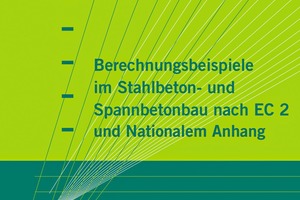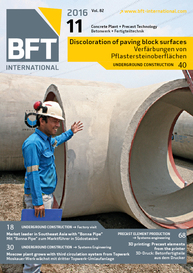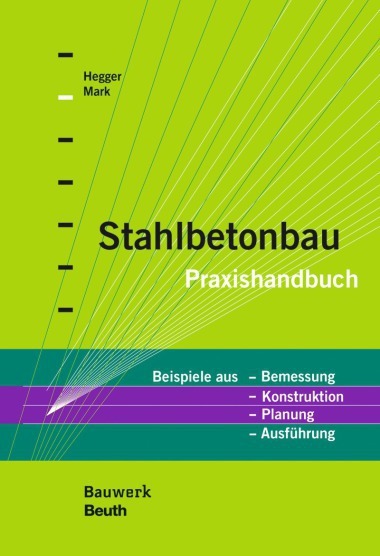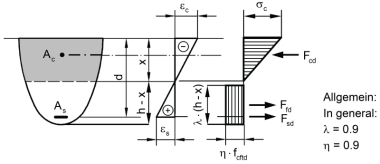Examples for the design of reinforced and prestressed concrete structures to EC 2
Beuth Verlag has published the second edition of the examples for the design of reinforced and prestressed concrete structures to EC 2. This edition focusses only on the verification and design procedures to Eurocode 2 (DIN EN 1992-1:2011-01, DIN EN 1992-1-1/A1:2013-09 and DIN EN 1992-1-1/NA:2013-04).
The publication comprises a total of 20 design examples on the following topics: verification of reinforced and prestressed concrete members at the ULS (ultimate limit state/verification of ultimate load level) and SLS (serviceability limit state/verification of service load level); crack width...






